If you think anyone can go and join a terrorist organization, you are wrong. You are as wrong as I was when I was worried about a friend who proved to be an admirer of militancy and guerrilla warfare. In his college days, he was a friend to a Mujahid in Pakistan-administered Kashmir. I never took his crave to go and fight a battle, seriously but his Mujahid friend did. And he never let him get close to his organization, weapons or anything ‘militant’ he had. Years after, the same old crazy guy spotted his Jihadi friend somewhere in the Middle East and tried to contact him. I was worried about him and maybe I have mentioned my worry somewhere in some article. I was worried that he may fall prey to ISIL or some other terrorist organization but after reading this research, I am a bit relieved.
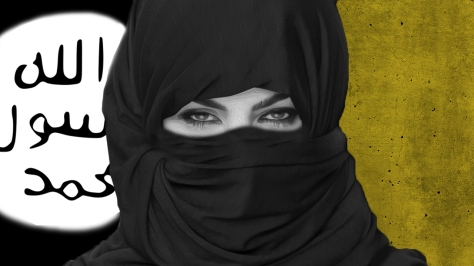
This research; “The recruiter’s dilemma: Signalling and rebel recruitment tactics” by Thomas Hegghammer of Norwegian Defence Research Establishment (FFI) published in 2012 in the Journal of Peace Research, made me understand that my ‘once friend’ has very little chances to succeed in joining a terrorist organization. How do terrorists recruit? Thomas Hegghammer in order to answer this, say; we know much about the profiles and pathways of recruits, but little about the strategies and tactics of recruiters. He presents an analytical framework that conceptualizes recruitment as a trust game between recruiter and recruit. He argues that the central logic shaping recruiter tactics is the search for cost-discriminating signs of trustworthiness, that is, signs that are too costly for mimics to fake, but affordable for the genuinely trustworthy recruit.
He argues; Terrorist recruiters face a primary trust dilemma in the uncertainty over the quality of recruits. They need people who are trust worthy, which means a combination of at least three qualities: willingness to fight, loyalty and vigilance. But according to different jihadi manuals, there must be some more qualities in a recruit. For example, the so-called Manchester Manual listed 14 desirable qualities in a prospective member: Islam, ideological commitment, maturity, willingness to sacrifice, obedience, ability to keep secrets and conceal information, good health, patience, tranquillity, intelligence, prudence, truthfulness, ability to observe and ability to conceal oneself. Another manual, entitled A Course in the Art of Recruitment (al-Qa‘idi, 2008), advised recruiters to choose old friends or relatives who are not particularly religious and to avoid very pious people and certain types of professionals.
But these qualities, he says, cannot easily be seen but the signs in a terrorist recruit are notable. Recruiters observe, identify and evaluate these signs before probing and induction.
Researcher applies the framework to the case of ‘al-Qaeda on the Arabian Peninsula’ (QAP), and finds that QAP’s recruiters didn’t pay attention to a recruit’s tribal origin or social class. But they paid great attention to ethnicity. In 260’s sample, there were no South Asians and only 12 non-Saudi Arabs. South Asians and non-Saudi Arabs, who together make up about a quarter of residents in Saudi Arabia, are thus underrepresented. He argues, that, it is fair to assume, then, that QAP did not trust non-Arabs and were less likely to trust non-Saudi Arabs than Saudis. Asian, African or Western features would thus have been a strong negative cue, while very dark- or light-skinned Arab features would have been a moderately negative one.
These preferences probably had both a rational and an irrational component. It would be easier to check the background of a Saudi than a foreigner and easier to communicate with anArab than a non-Arab. The low income and status of Asians in Saudi Arabia would have made them more susceptible to bribes and vulnerable to blackmail. At the same time, prejudice toward Asians and Africans is very widespread in the Kingdom, and the international jihadi movement has historically been characterized by a certain Arab chauvinism.
Apparently this seems true about Taliban’s where majority is from tribal Afghanistan or Pakistan and speaks Pushto (correct me, if am wrong) but recruiters have used different methods to recruit new terrorist. Al-Qaeda preferred veteran jihadists who had been on the battleground in Afghanistan, Chechnya, Bosnia or somewhere else, whereas Taliban has depended on Madrassa students as well. Islamic State of Iraq and the Levant (ISIL) has recruited terrorists from all over the world but surprisingly even they did not rely on the internet for the recruitment.
Writer is pursuing his MPhil at Iqra University Islamabad and blogs at Kashmirica.wordpress.com go say hello @imrankhushaal



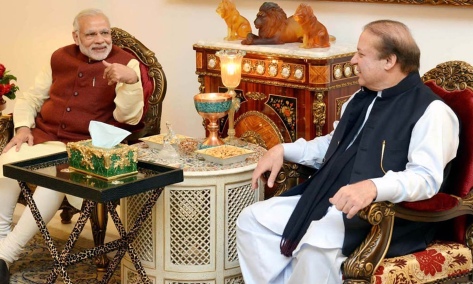 Pakistani Prime Minister Nawaz Sharif (right) talks to his Indian counterpart Narendra Modi during his visit to Lahore.
Pakistani Prime Minister Nawaz Sharif (right) talks to his Indian counterpart Narendra Modi during his visit to Lahore.
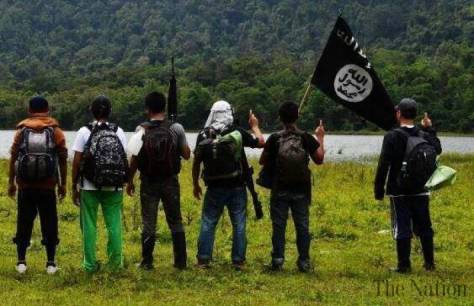
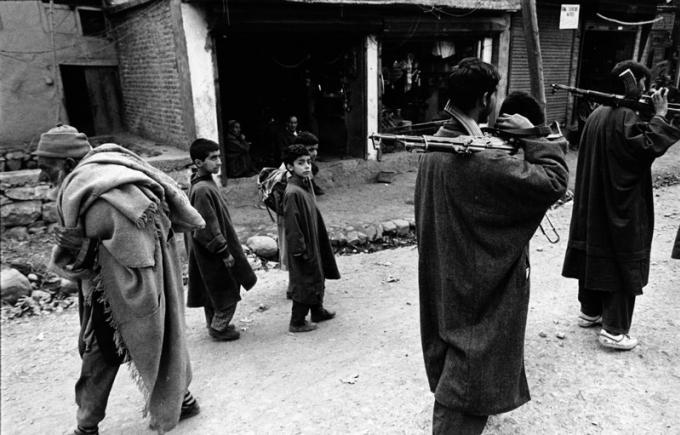
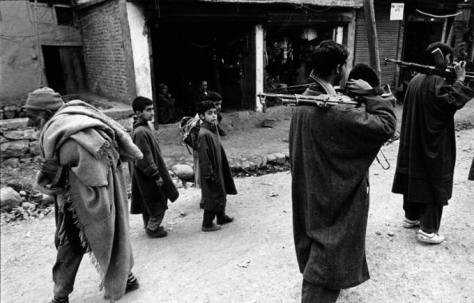
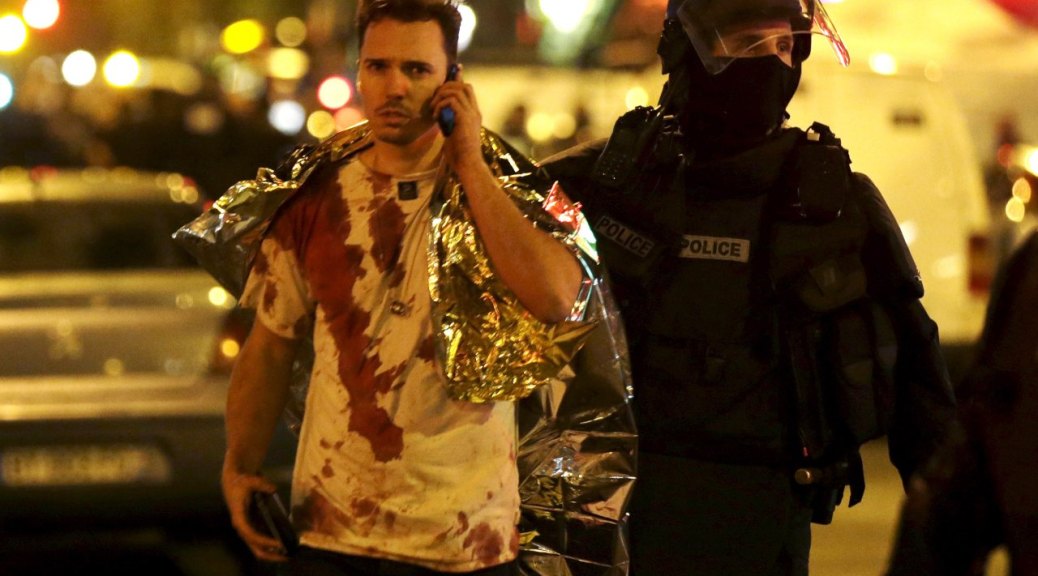
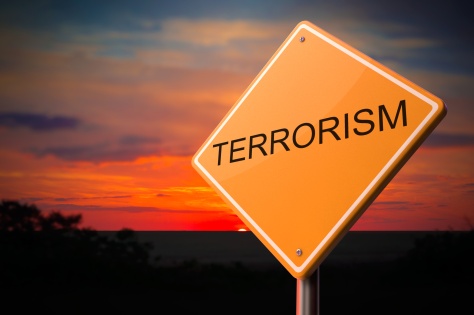
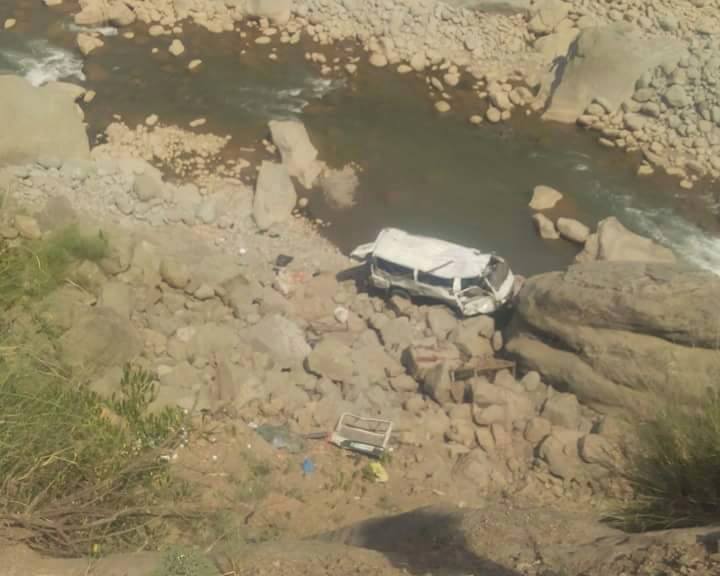
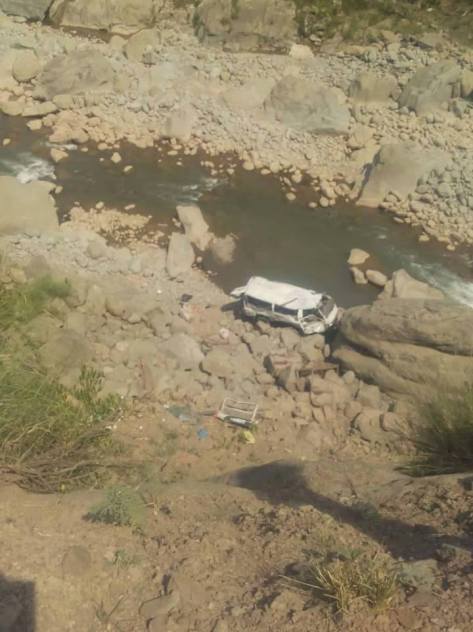


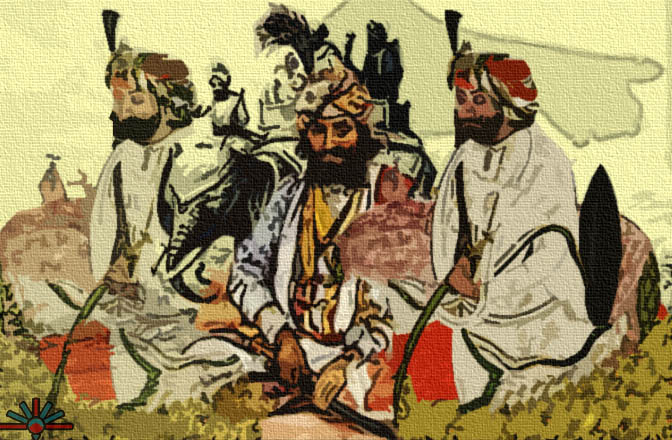


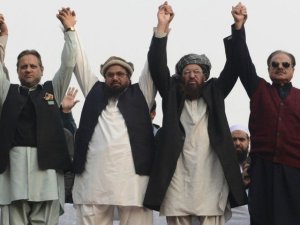

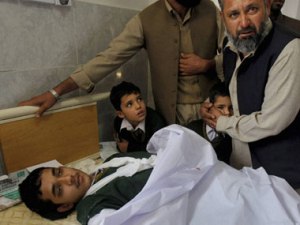
You must be logged in to post a comment.